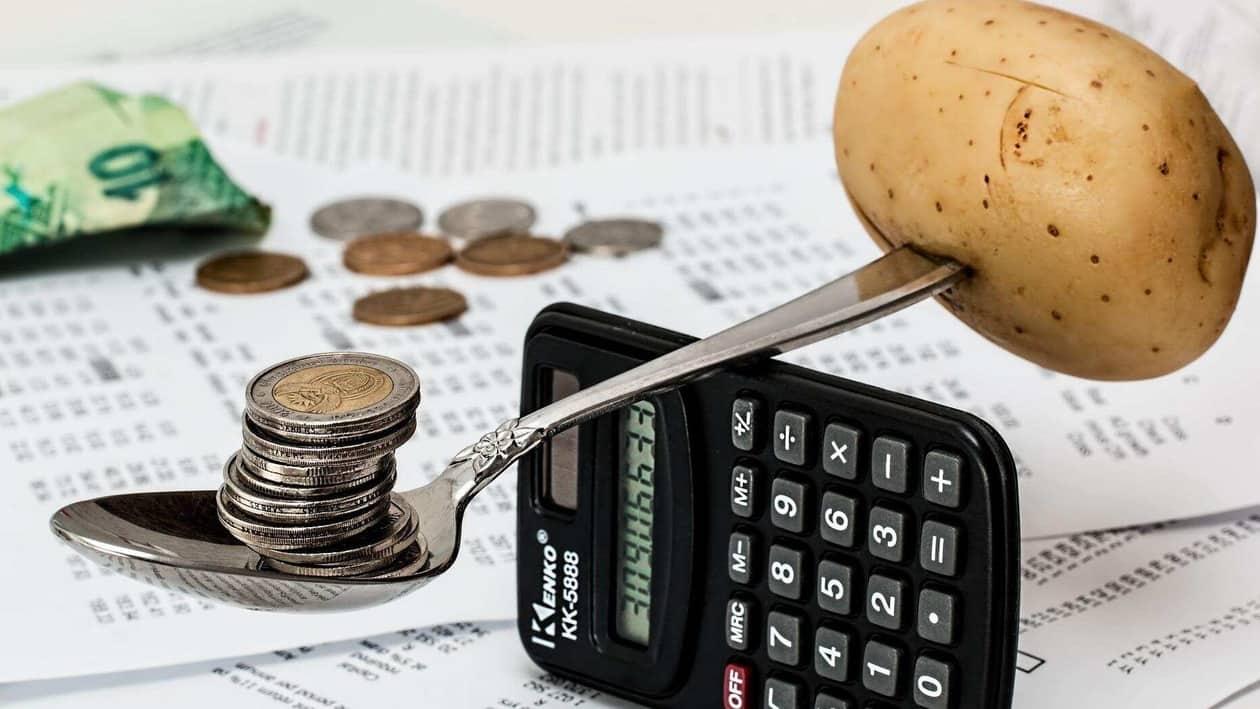Concerns regarding the current high inflation rates have left the Indian government looking for answers. The latest data reveal that retail inflation in April this year surged to the highest since the Bharatiya Janata Party-led government first took charge in late May 2014. MoneyControl reports how the Finance Ministry looked to ease concerns regarding the poorer sections of the society being worst hit by elevated inflation.
Writing in the monthly economic review report for April, the ministry's officials said the poor were hurt less by higher prices in FY22 as compared to the rich. “Evidence on consumption patterns further suggests that inflation in India has a lesser impact on low-income strata than on high-income groups,” the Finance Ministry said in the report, released on May 12.
The Ministry’s findings are seemingly at odds with comments made last week by Reserve Bank of India Governor Shaktikanta Das.
In his statement announcing the surprise 40-basis-point repo rate hike on May 4, Das had said sustained high inflation has “pronounced adverse effects on the poorer segments of the population by eroding their purchasing power”.
In its review report, the Finance Ministry used data from the 2011-12 National Sample Survey on Household Consumer Expenditure to arrive at its conclusions. It classified the Indian consumer into three broad classes: the top 20 per cent, the middle 60 per cent, and the bottom 20 per cent. Further, their expenditure was also categorised into three classes: food and beverages, fuel and light (including transportation), and items excluding food and fuel.
Combining the expenditure classes with their respective inflation numbers for the last two years, the Finance Ministry was able to compute the 'effective headline inflation' for the three expenditure classes in urban and rural Indians. The results are as follows:
i) Inflation for the bottom 20 per cent of rural consumers decreased to 5.2 per cent in FY22 from 6.0 per cent in FY21. For their urban counterparts, inflation fell to 5.7 per cent from 6.8 per cent.
ii) Inflation for the middle 60 per cent of rural consumers decreased to 5.3 per cent in FY22 from 5.9 per cent in FY21. For their urban counterparts, inflation fell to 5.7 per cent from 6.8 per cent.
iii) Inflation for the top 20 per cent of rural consumers increased to 5.6 per cent in FY22 from 5.5 per cent in FY21. For their urban counterparts, inflation fell to 5.7 per cent from 6.5 per cent.
“Therefore, it can be inferred from the above analysis that lower inflation has reinforced the favourable redistribution of the income from top to bottom and middle-income group,” the Finance Ministry said.
Meanwhile, data released just an hour later on May 12 by the Ministry of Statistics and Programme Implementation showed Consumer Price Index (CPI) inflation surged to 7.79 per cent in April. Interestingly, the data showed rural inflation in April was 8.38 per cent - the highest in exactly eight years.
Urban inflation in April was 7.09 per cent, the highest in 18 months.
